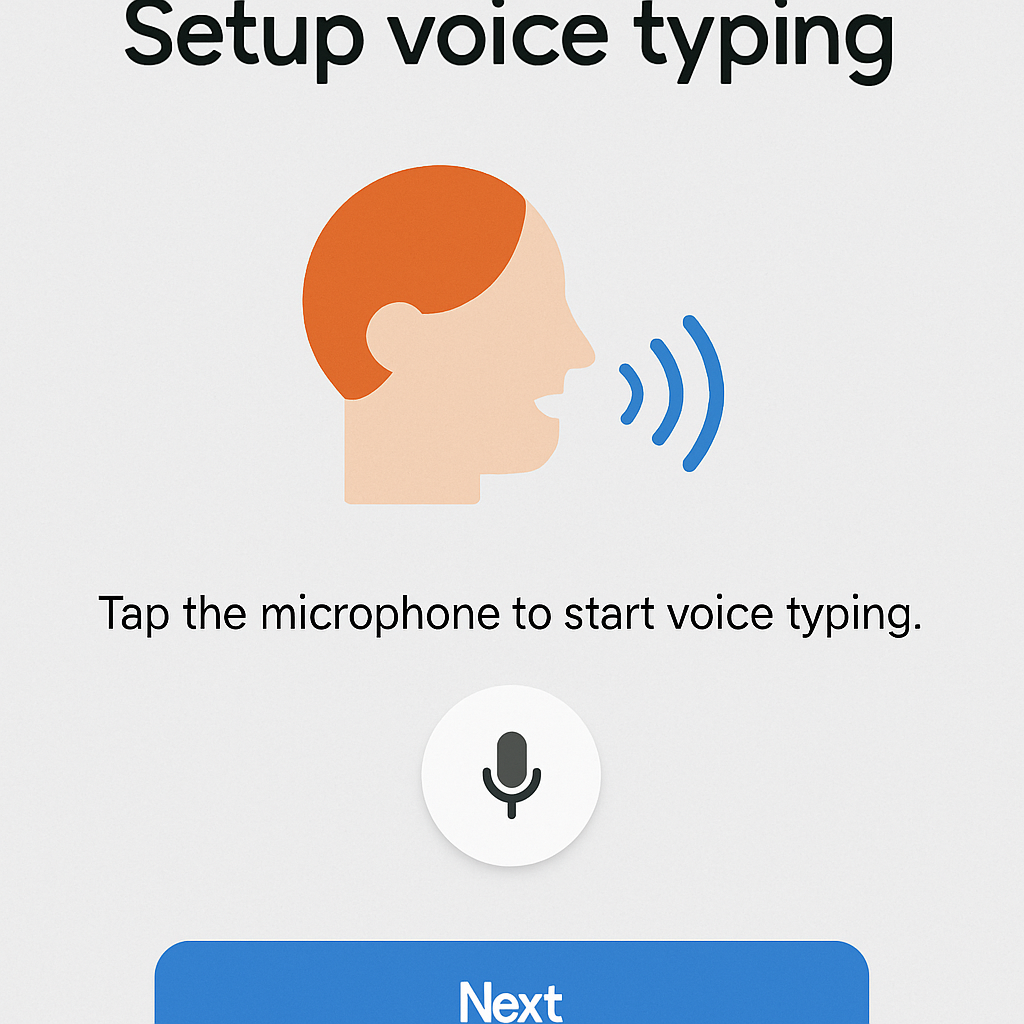
Understanding Speech-to-Text Technology
Speech-to-text is a revolutionary feature that converts spoken words into written text. This technology leverages advanced algorithms to accurately transcribe your voice into digital text, making it an essential tool for modern computing. In Microsoft Word, this means you can dictate your documents instead of typing them, transforming the way you interact with the software.
Benefits of Voice Dictation
Voice dictation is particularly beneficial for those who find typing challenging or cumbersome. It offers an alternative method to input text, which can be more intuitive and less physically demanding. This feature is not only useful for speeding up document creation but also for making the process more accessible to a wider range of users.
Key Features of Word’s Speech-to-Text
Microsoft Word’s speech-to-text feature is designed to be user-friendly and efficient. It supports multiple languages and includes voice commands for punctuation and formatting. The feature integrates seamlessly with Word’s existing functionality, allowing for a smooth transition from traditional typing to voice dictation.
Why Use Speech-to-Text in Word?
There are several compelling reasons to embrace the speech-to-text feature in Word:
Increased Efficiency
Speaking is generally faster than typing, allowing you to create documents more quickly and efficiently. This can be a game-changer for professionals who need to draft lengthy reports or papers, as it significantly cuts down the time spent on manual typing.
Reduced Physical Strain
If you spend a lot of time typing, speech-to-text can help reduce the physical strain on your hands and wrists. This is particularly beneficial for individuals who suffer from repetitive strain injuries, as it minimizes the need for prolonged keyboard use.
Enhanced Accessibility
For individuals with disabilities or conditions that make typing difficult, speech-to-text offers an invaluable alternative. It provides an inclusive way to use technology, ensuring that everyone has the opportunity to create and edit documents without physical limitations.
Getting Started with Speech-to-Text in Word
Setting Up the Word Dictation Tool

Before you start using speech-to-text, you’ll need to set up your Word dictation tool. This setup process is straightforward:
Checking Your Device Compatibility
Ensure your computer has a working microphone. Most laptops come equipped with built-in microphones, but if you’re using a desktop, you might need to connect an external one. Check your device settings to confirm that the microphone is enabled and functioning correctly.
Launching Microsoft Word
Open the Microsoft Word application on your computer. Ensure that your software is up-to-date to take advantage of the latest speech-to-text improvements. This will also help in maintaining compatibility with your operating system.
Accessing the Dictation Feature
In Word, navigate to the “Home” tab. Look for the “Dictate” button, usually located on the far right. Clicking this button will activate the speech-to-text feature, allowing you to begin dictating your document. If prompted, sign in with your Microsoft account to enable this feature.
Using the Speech-to-Text Feature
Once your setup is complete, using the speech-to-text feature is simple:
Starting Your Dictation
Click on the “Dictate” button and begin speaking. Word will start converting your voice to text in real-time, displaying your words on the screen as you speak. This instant feedback allows for quick corrections and adjustments.
Speaking Clearly for Best Results
For the best results, speak clearly and at a moderate pace. Avoid mumbling or speaking too quickly, as this can affect the accuracy of the transcription. Take brief pauses between sentences to allow the software to process your words accurately.
Utilizing Voice Commands
You can use specific voice commands to add punctuation or create new lines. For example, saying “period” will insert a full stop, and “new line” will start a new paragraph. Familiarize yourself with these commands to improve your dictation efficiency and document formatting.
Editing Your Document with Voice Commands
Basic Editing Commands
Once your text is on the page, you can also use voice commands to make edits:
Selecting and Highlighting Text
You can say “select word/phrase” to highlight specific parts of your document. This feature is useful for revising sections of your text without needing to manually click and drag with your mouse.
Deleting Unwanted Text
Use commands like “delete word/phrase” to remove unwanted text from your document. This allows for quick editing and helps streamline the revision process, maintaining the flow of your dictation.
Applying Basic Formatting
Voice commands can also apply basic formatting like “bold word/phrase” or “italicize word/phrase”. This enables you to enhance the appearance of your document without interrupting the dictation process to manually format text.
Advanced Editing with Speech Recognition in Word
For more advanced editing, you might need to combine voice commands with manual adjustments:
Navigating the Document Efficiently
Use commands like “go to the end of the document” to move your cursor quickly without a mouse. This is particularly useful in lengthy documents where scrolling manually can be time-consuming.
Correcting Transcription Mistakes
If Word misunderstands a word, you can say “correct word” to bring up suggestions or simply re-dictate the sentence. This feature enhances the accuracy of your document and ensures that your intended message is conveyed.
Integrating Manual Edits
While voice commands are powerful, some edits may require manual intervention. Use a combination of voice and traditional editing methods to achieve the best results, especially for complex formatting or precise adjustments.
Tips for Effective Voice Typing in Word

Optimize Your Environment
Minimizing Background Noise
Ensure you’re in a quiet environment to avoid interference with the microphone’s ability to pick up your voice accurately. Background noise can lead to misinterpretations and reduce the effectiveness of the speech-to-text feature.
Using a Quality Microphone
If possible, use a high-quality microphone to improve accuracy. External microphones often provide better sound clarity compared to built-in options, leading to more precise transcriptions.
Practice Makes Perfect
Like any tool, becoming proficient with speech-to-text requires practice. The more you use it, the better Word will become at recognizing your voice and speech patterns. Consistent use will refine the software’s ability to understand your unique pronunciation and cadence.
Customize Your Experience
You can adjust the settings for dictation within Word to better suit your needs. For example, you can change the language or tweak the microphone settings for better performance. Explore the available options to tailor the feature to your personal preferences and requirements.
Troubleshooting Common Issues
Speech Recognition Problems
If Word is having trouble recognizing your speech, consider the following:
Checking Your Microphone Connection
Ensure your microphone is properly connected and configured. Sometimes, simple issues like a loose connection can affect the microphone’s performance.
Adjusting Your Speaking Style
Speak clearly and avoid rapid or slurred speech. Enunciating words and maintaining a steady pace can improve the transcription accuracy significantly.
Connectivity Issues
The dictation feature requires an internet connection. Make sure your device is online before attempting to use speech-to-text. A stable connection ensures that the software can access the necessary resources for accurate voice recognition.
Conclusion
Speech-to-text in Microsoft Word is a powerful feature that can enhance your productivity and ease the document creation process. By following the steps outlined in this guide, you can set up and start using this tool effectively. Whether you’re a student, professional, or someone looking to reduce typing strain, voice typing in Word offers a smart solution for modern writing challenges. So, give it a try and experience the ease of speaking your words into text. With practice and the right setup, speech-to-text can become an indispensable part of your digital toolkit.


